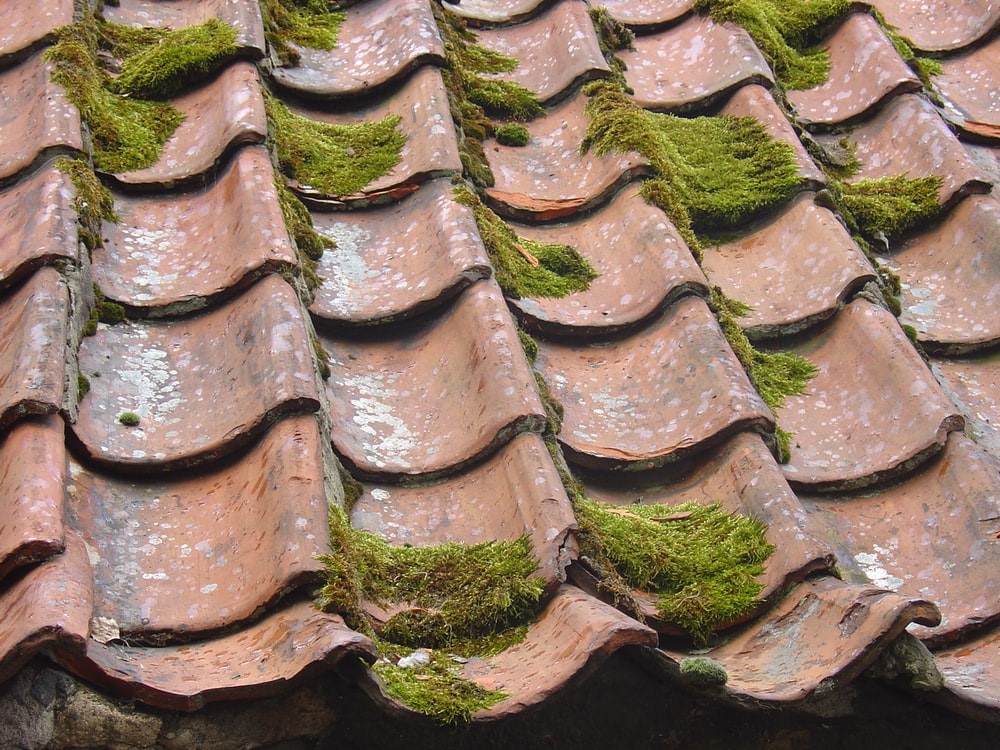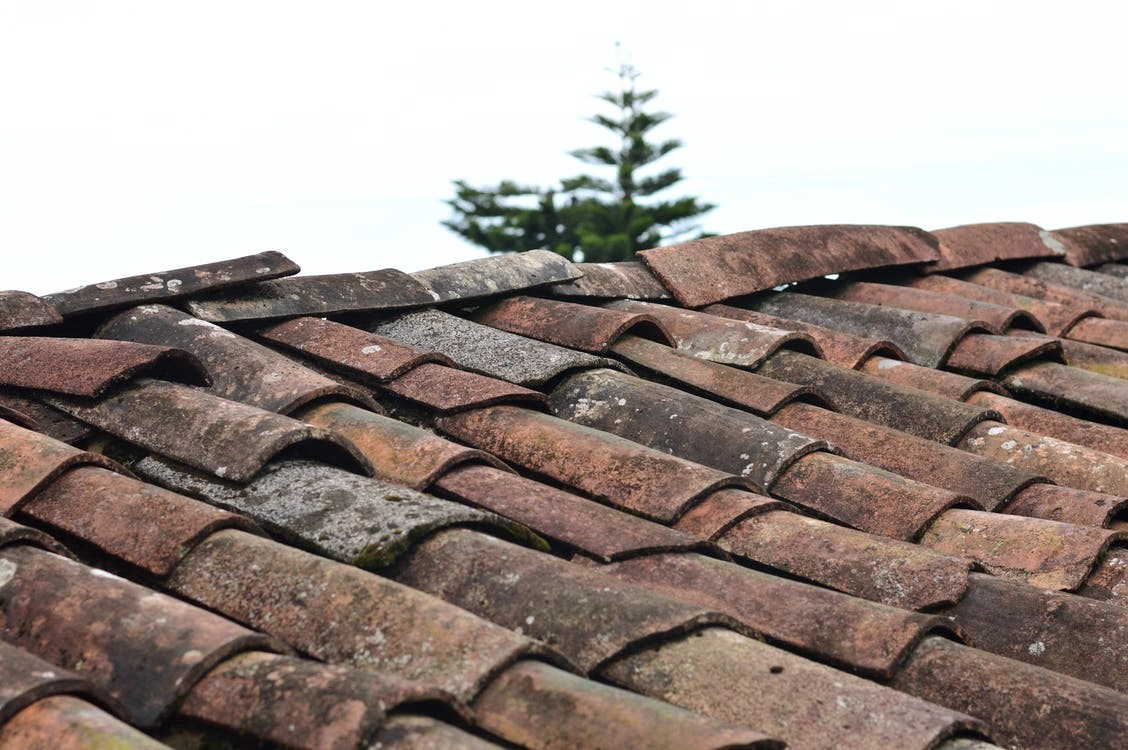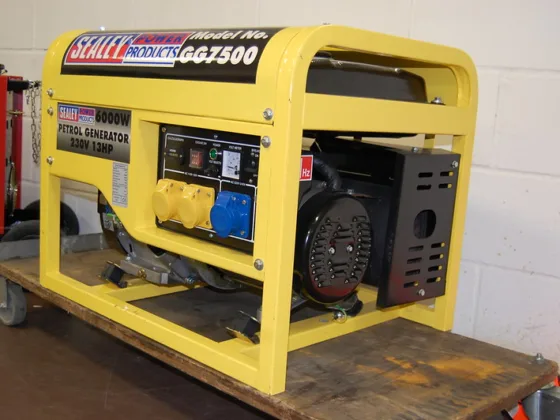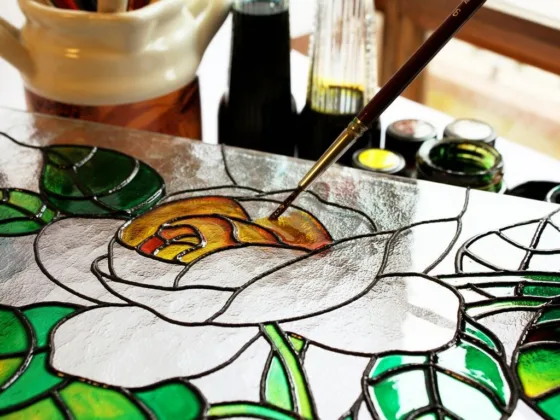Of course, we all know that the roof is the most important component of any structure, as it keeps out the harsh elements. However, much like any other part of your home, the roof can become compromised, which might result in a leak.

Seasoned property owners have their roofs inspected on an annual basis, which ensures that any minor issue is repaired before it becomes a major problem.
Here is our list of signs that indicate you might have a leaking roof.
1. Mold on the Walls
If you notice mold growing on exterior walls, this could be a sign that water is entering the roof. Mold thrives in damp environments and this definitely requires some professional investigation.
Should a leak be detected, there is expert roof repair from an established roofing contractor who can carry out the repair and inspect the roof at the same time.
2. Ceiling & Wall Stains
You should inspect all of the upstairs ceilings and walls, specifically looking for water stains that would indicate rainwater is somehow finding its way into the internal roof structure.
This is not something to leave to another day, as any roofing issue is only going to get worse and an expert roof repair in Sydney or your local roofing contractor would be happy to repair the leak.
Of course, the cause could be a leaking water pipe, in which case, calling in a local plumber resolves the problem.
Read Also:
3. Missing or Broken Roof Tiles
A lost roof tile usually leads to rainwater entering through the roof and while it might not be possible to see the entire roof from a ground location, do check after a heavy bout of weather, as gale-force winds can easily lift roof tiles.
This is one reason to commission a pre-winter roof inspection, which ensures that every aspect of the roof is in good order. If you live in a storm corridor, it makes sense to have regular roof inspections, which you could carry out if you have decent ladders.
4. Condensation
While there are other potential causes, a leaking roof would create condensation and this can quickly lead to damp issues. Condensation on the windows, however, is probably more to do with inferior thermal insulation, and double glazing would resolve the issue.
Dampness can destroy a building and if you suspect it is present, ask a damp-proofing expert to take a look before it really becomes an issue.
5. Blistering Paint or Wallpaper
It might be the spare room that never gets used and with a constant supply of water, the paint or wallpaper can blister. Darkened patches of plaster are a sure sign that there is water present and this should be investigated as soon as possible.
There are preventative measures that you can take; have the roof power washed, then a silicone sealant can be applied, which adds an extra layer of protection.
Take a leaf out of the veteran property owner’s book and have your roof inspected every year by a local roofing contractor and should the roofer encounter any issues, they can promptly be repaired.










